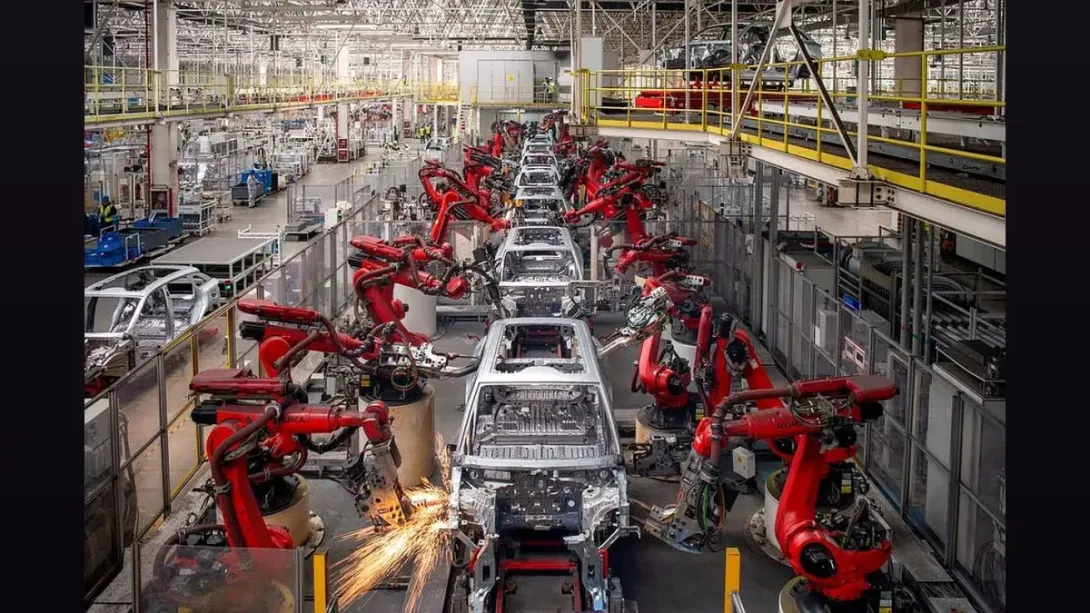China has formally filed a complaint against India at the World Trade Organization (WTO), challenging recent trade measures implemented by New Delhi. The dispute centers on regulatory and tariff policies that China claims are discriminatory against Chinese exports, potentially affecting goods ranging from electronics to raw materials. India, citing national interests and domestic industry protection, maintains that its policies comply with WTO norms. Analysts suggest the case underscores ongoing trade tensions between the two nations and highlights broader geopolitical and economic considerations. The development may prompt negotiations, legal scrutiny, and potential adjustments in bilateral trade protocols, impacting businesses and investors across both markets.
Background of the WTO Complaint
China’s formal complaint at the WTO targets India’s tariffs, import restrictions, and regulatory frameworks that, according to Beijing, disproportionately affect Chinese exporters. The move reflects ongoing trade frictions and concerns about market access, competitiveness, and compliance with global trade norms. India maintains that its policies are designed to safeguard domestic industries and ensure economic stability.
Implications for Bilateral Trade
The complaint could escalate trade tensions between the world’s two most populous nations. China is a major supplier of electronics, machinery, and raw materials to India, while India exports pharmaceuticals, chemicals, and IT services to China. Legal proceedings at the WTO could lead to recommendations for policy adjustments, affecting supply chains and investor confidence in both countries.
Broader Economic and Strategic Context
Analysts note that the complaint reflects broader geopolitical dynamics, including efforts by India to promote self-reliance and reduce dependency on imports, particularly from China. The case may influence India’s trade diversification strategies, manufacturing policies, and foreign direct investment flows.
Possible Outcomes
The WTO dispute settlement process could result in consultations, panel hearings, and eventual rulings. Both nations may seek negotiated solutions to prevent prolonged trade disruptions. Businesses involved in cross-border trade may need to reassess compliance strategies and pricing structures to navigate potential policy shifts.
Conclusion
China’s WTO complaint underscores the complex interplay of trade, regulation, and geopolitics. While the legal process unfolds, India and China face pressure to balance domestic industrial objectives with international obligations, shaping the trajectory of bilateral trade and investor sentiment in the region.

Comments